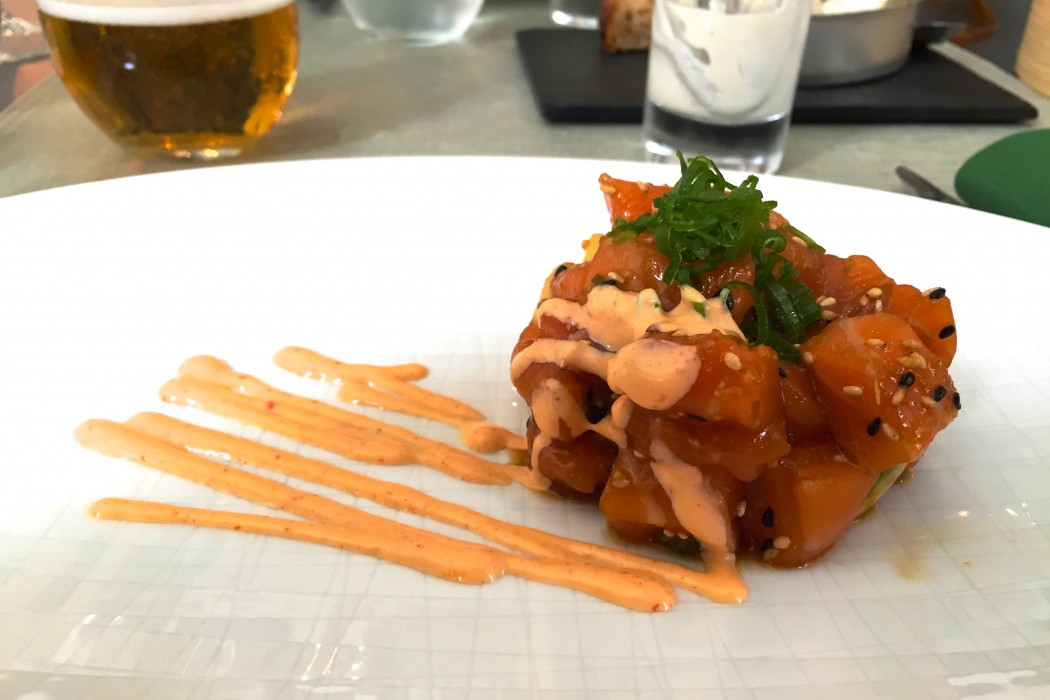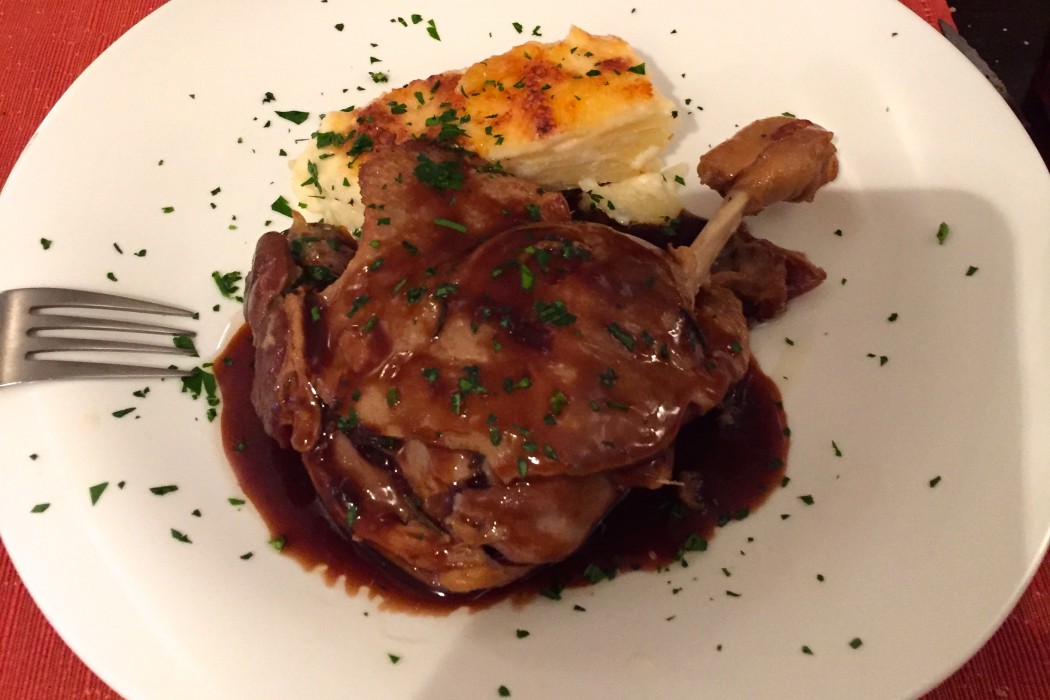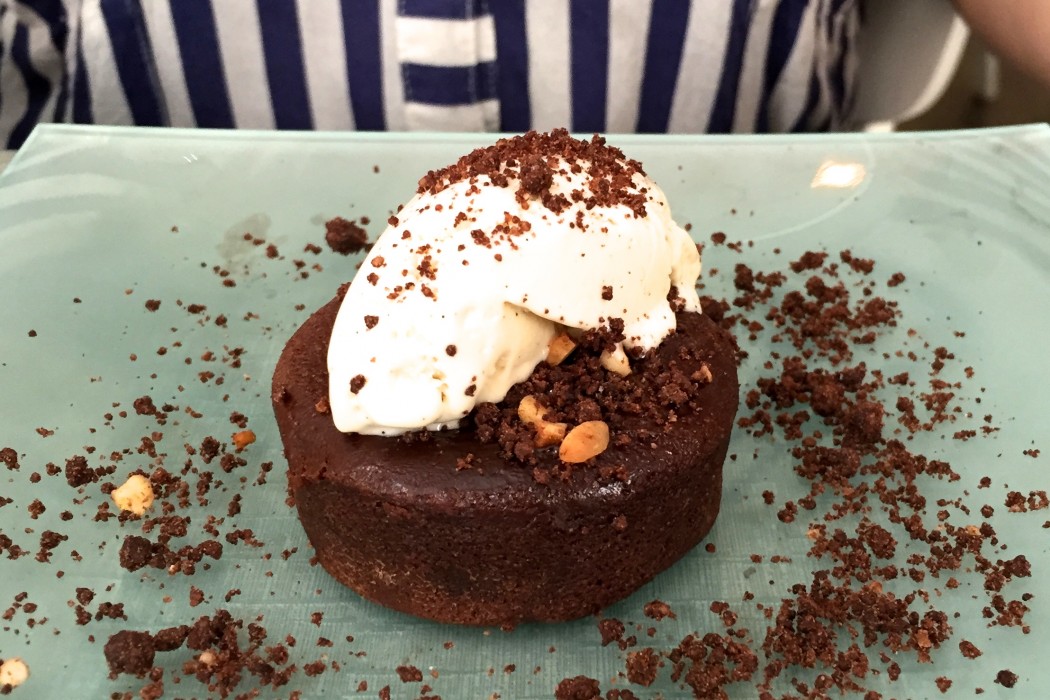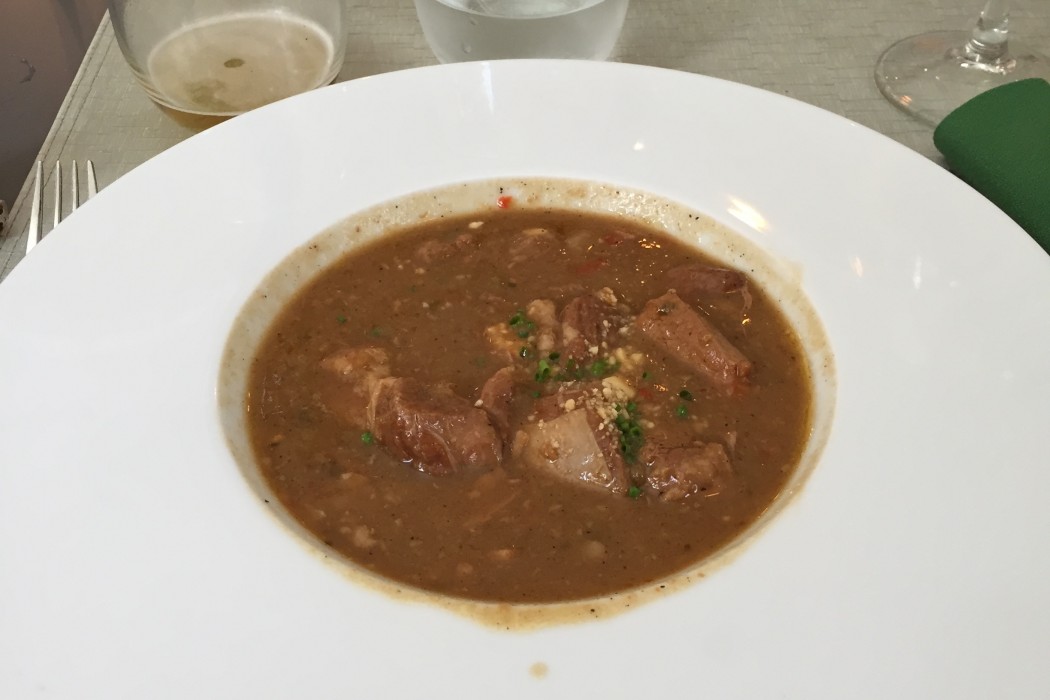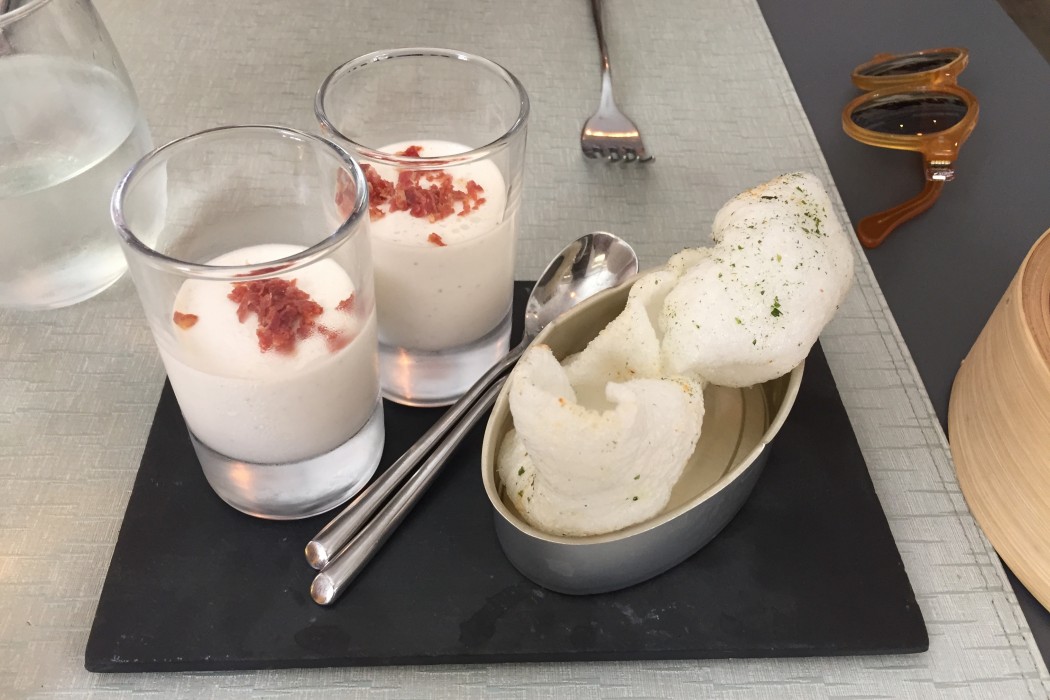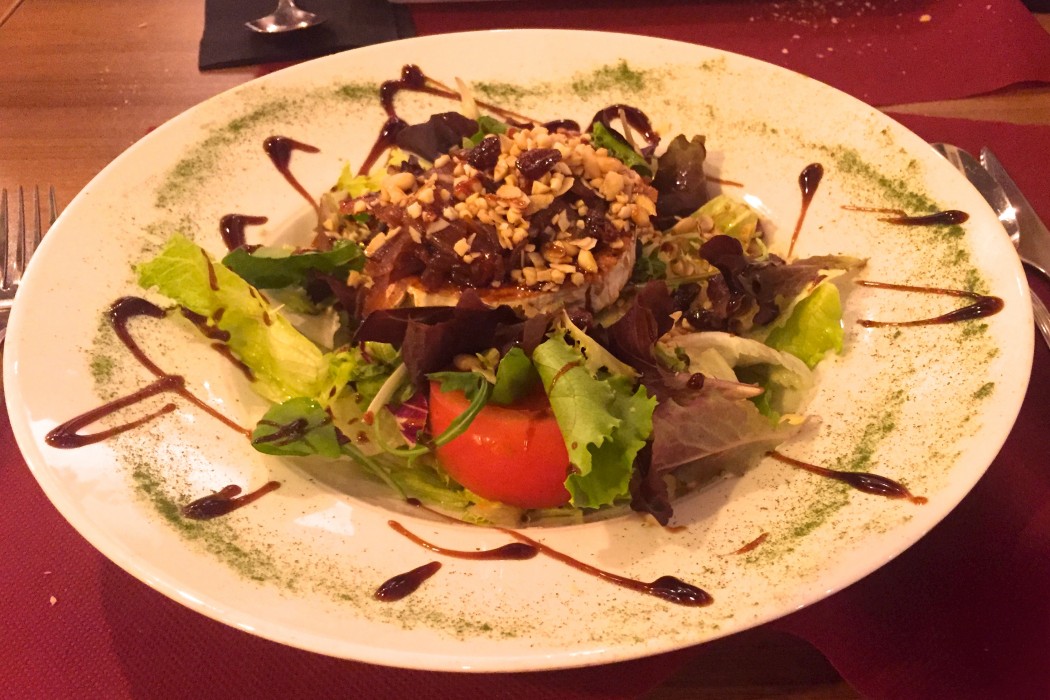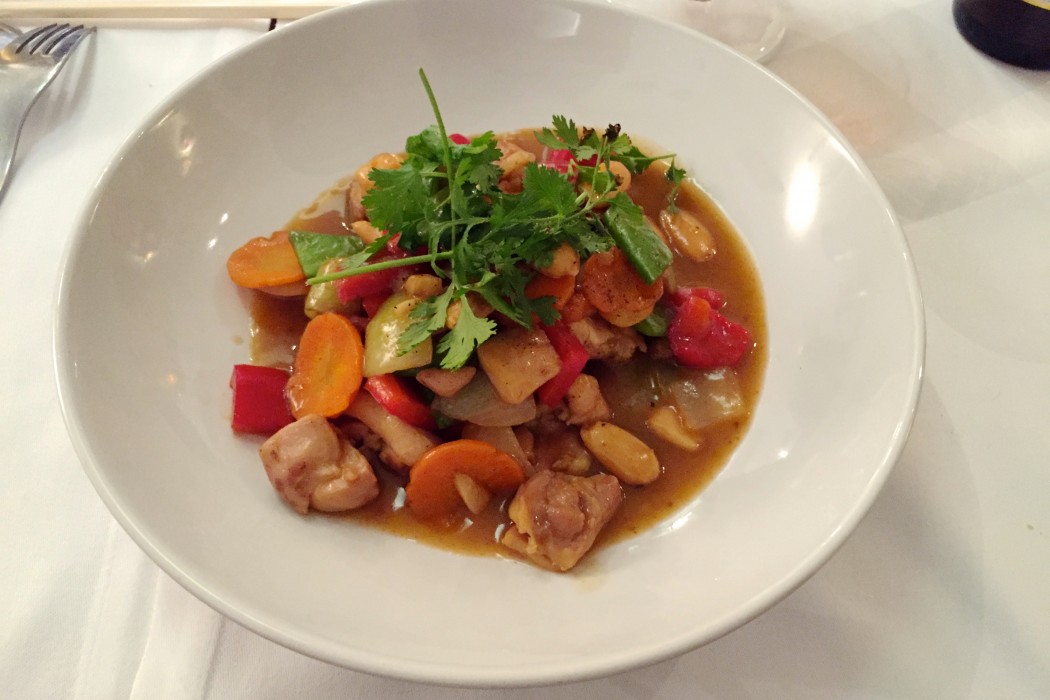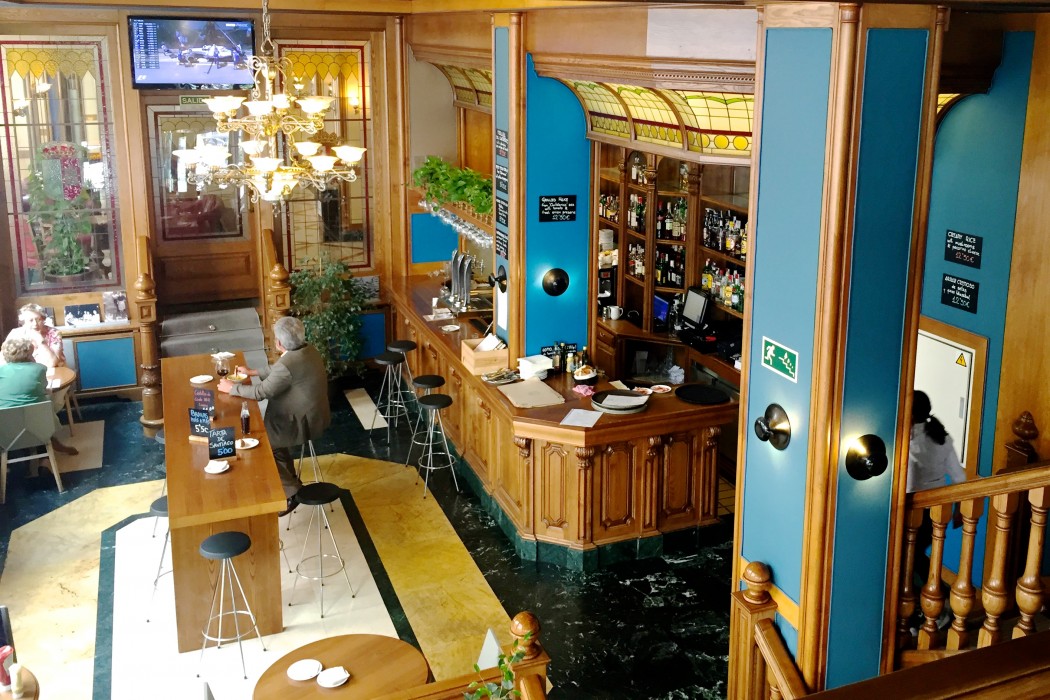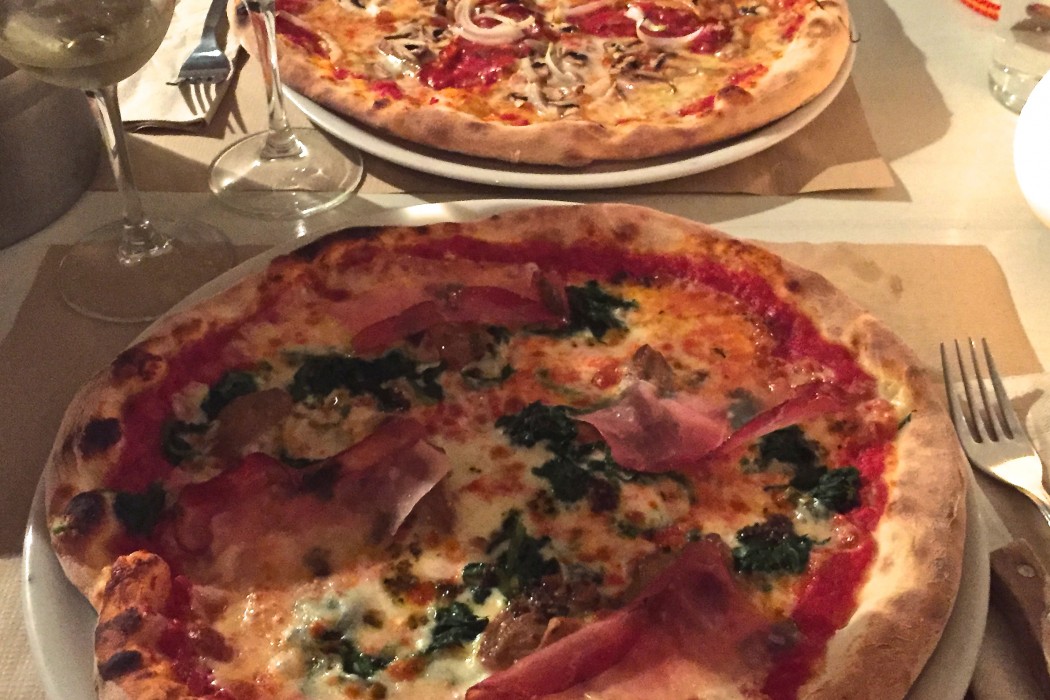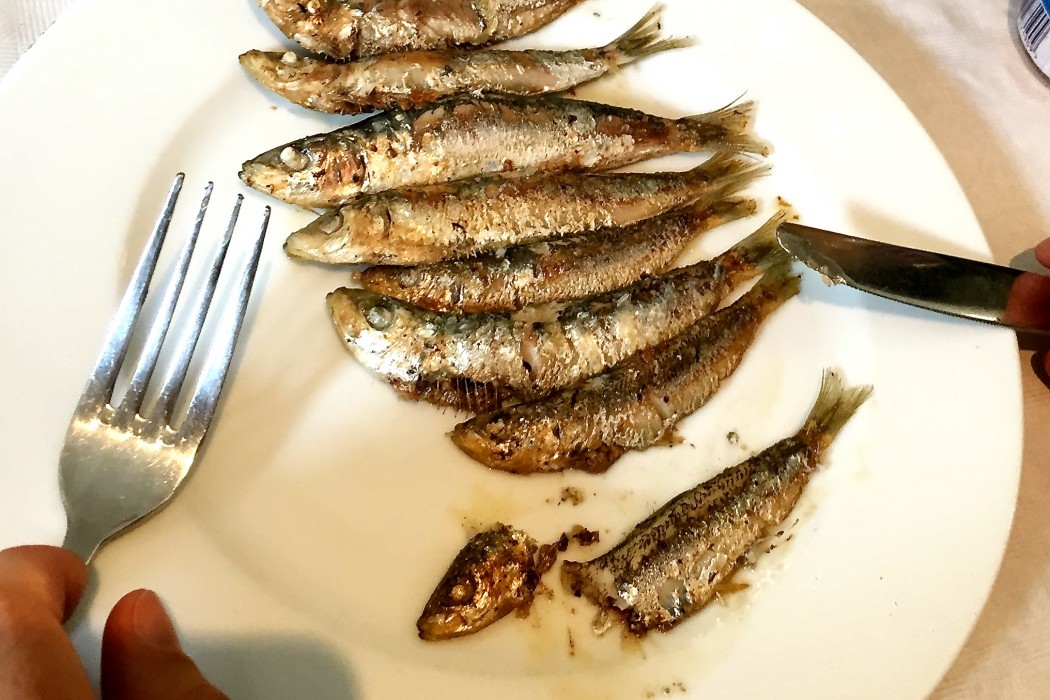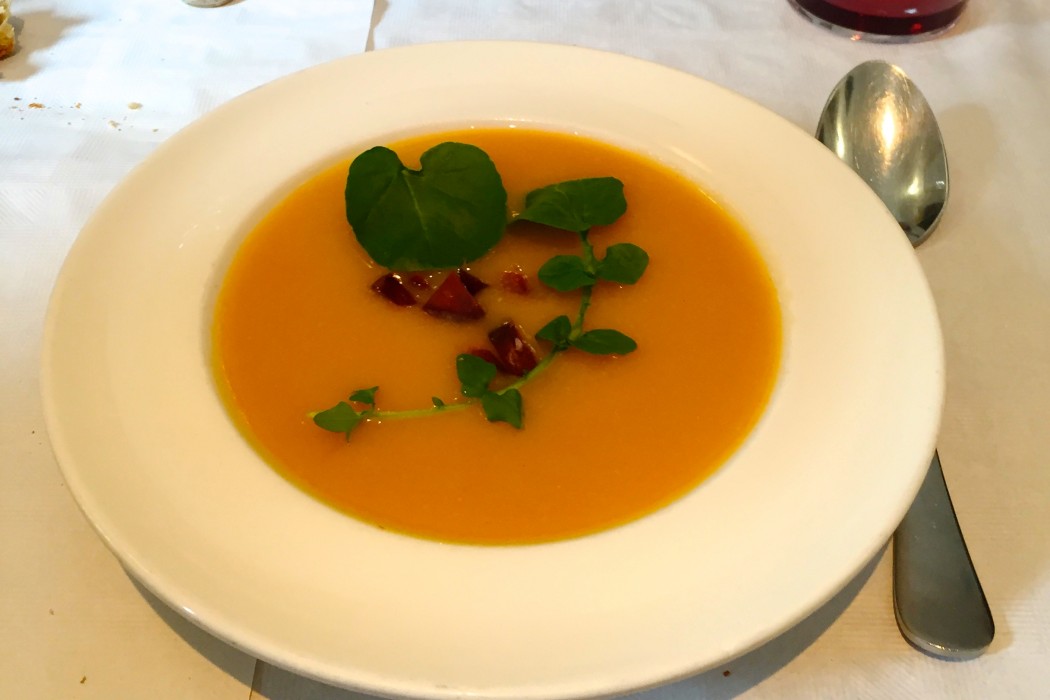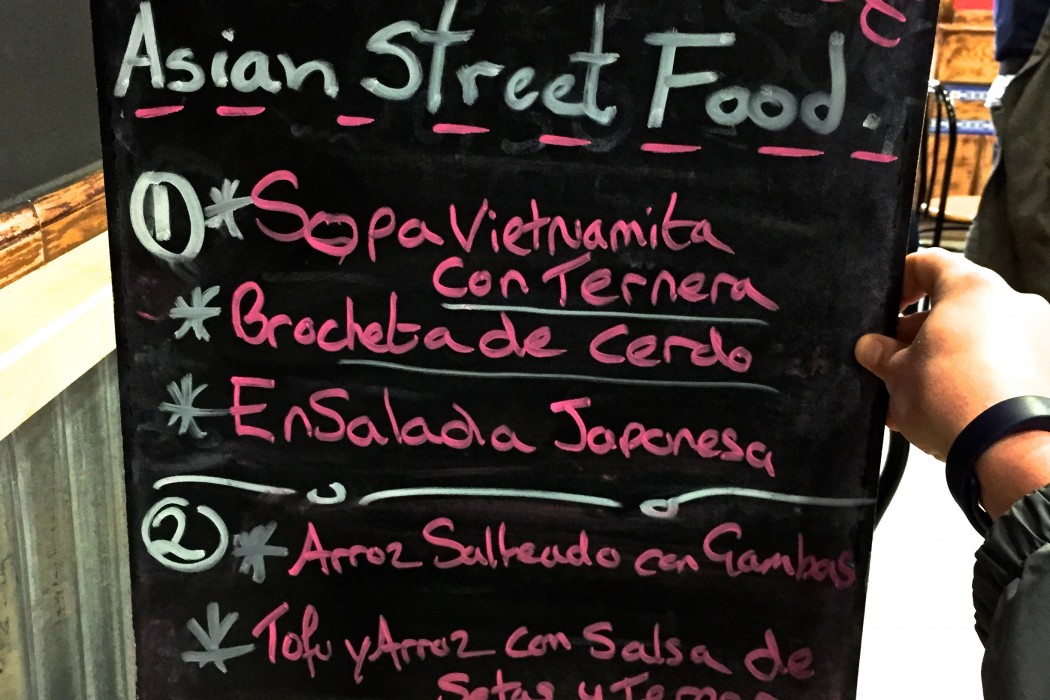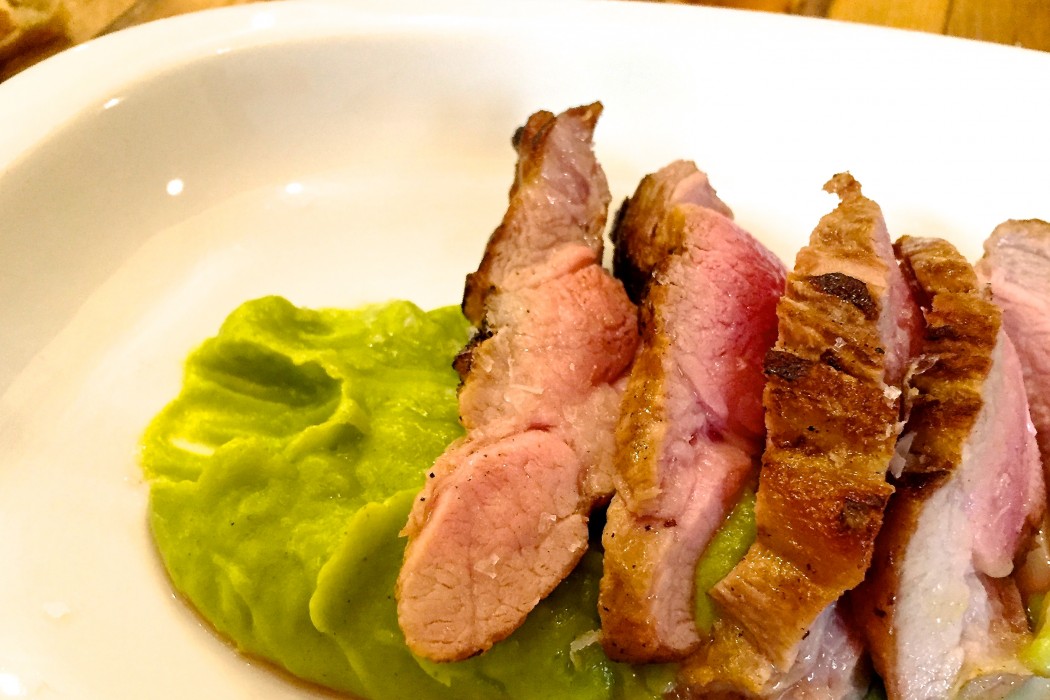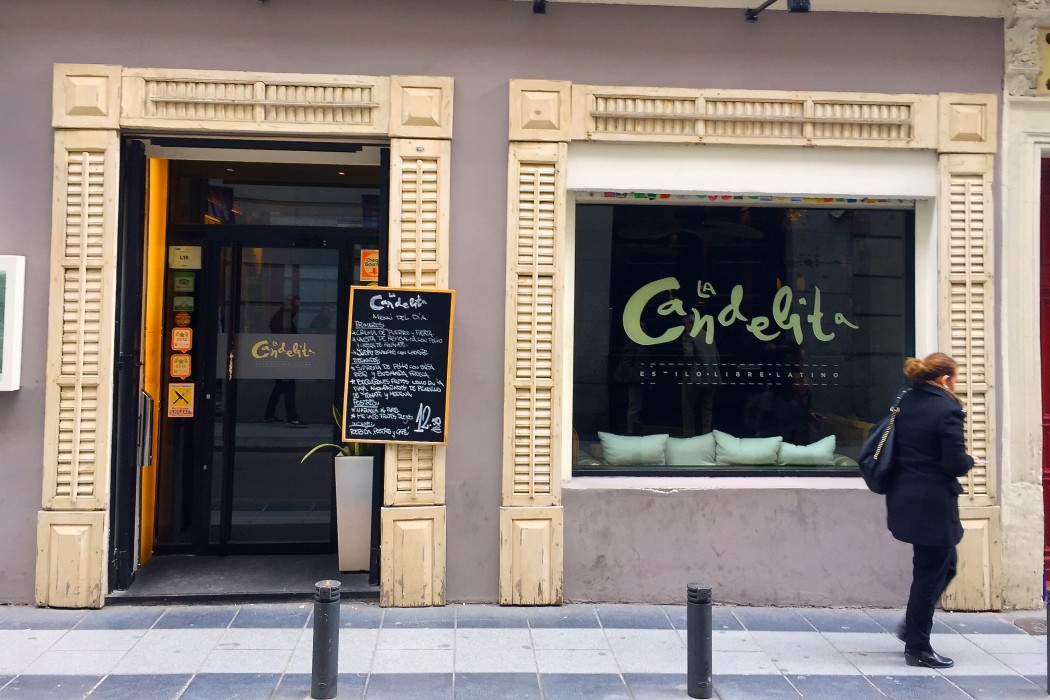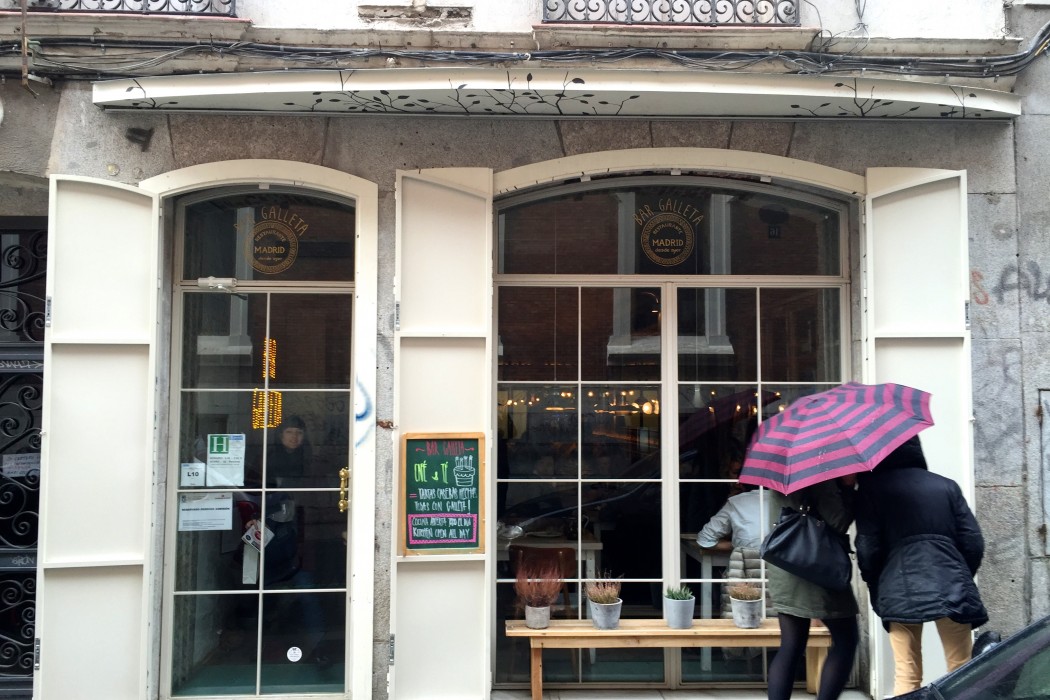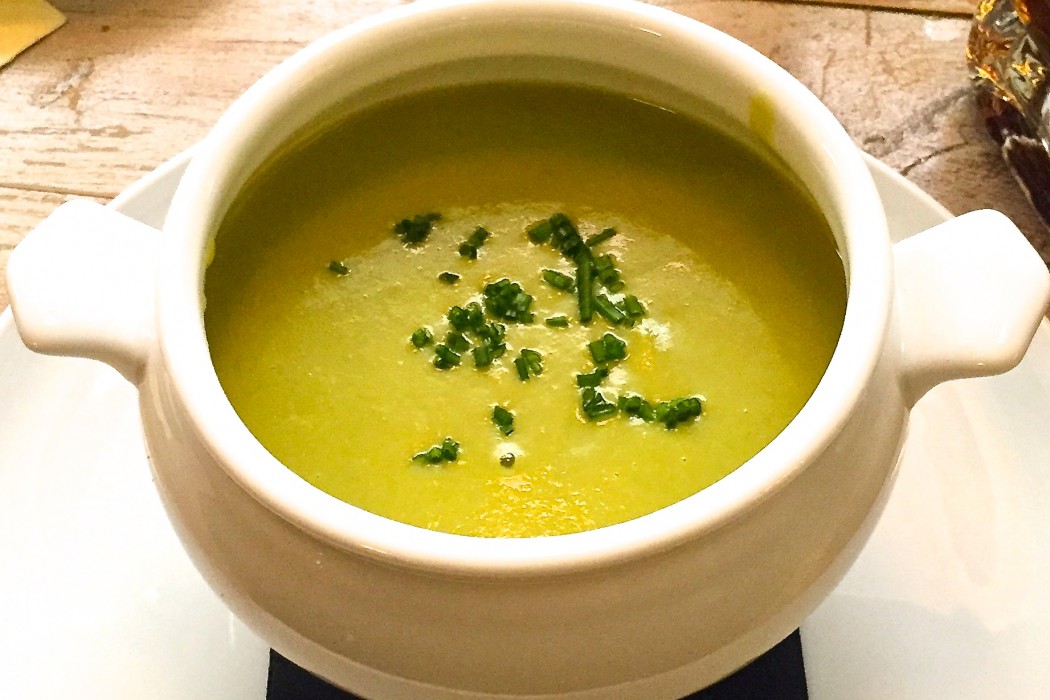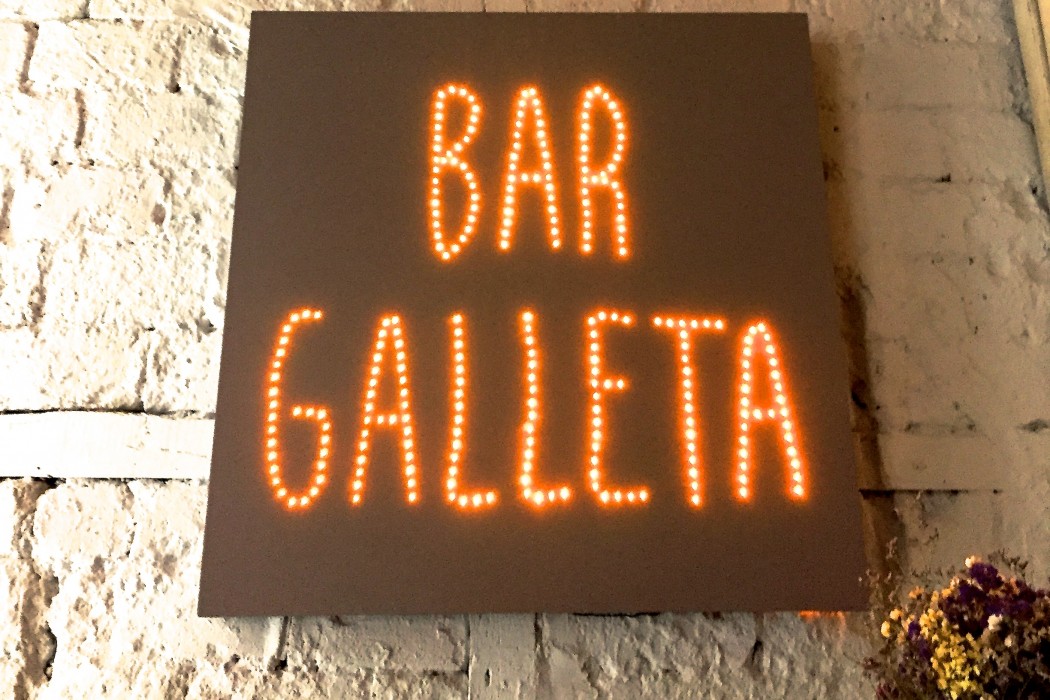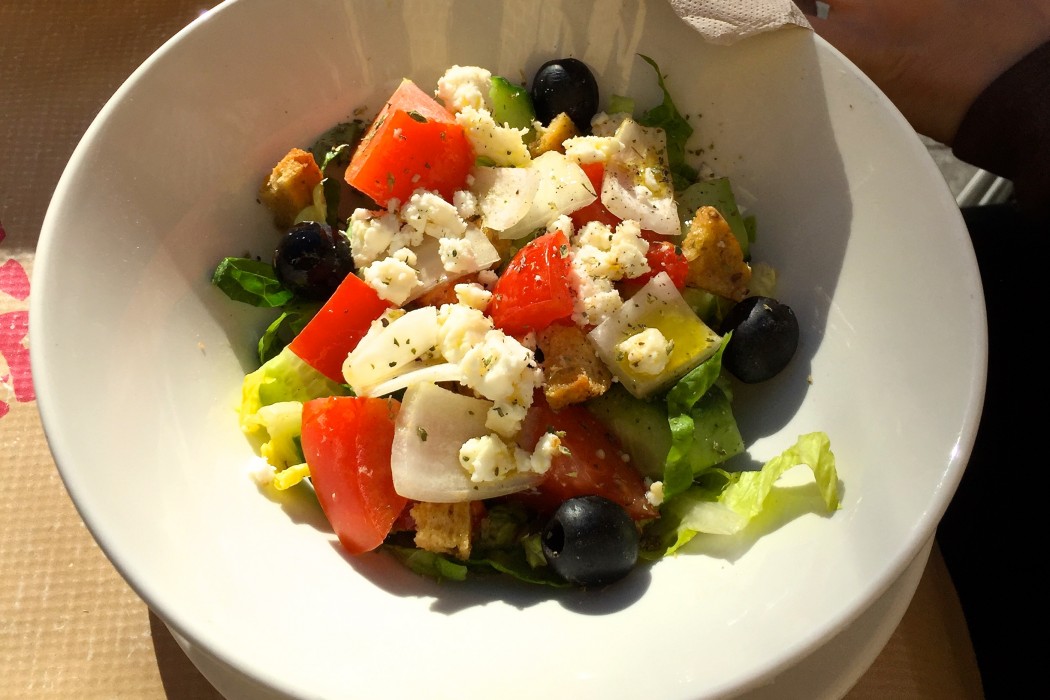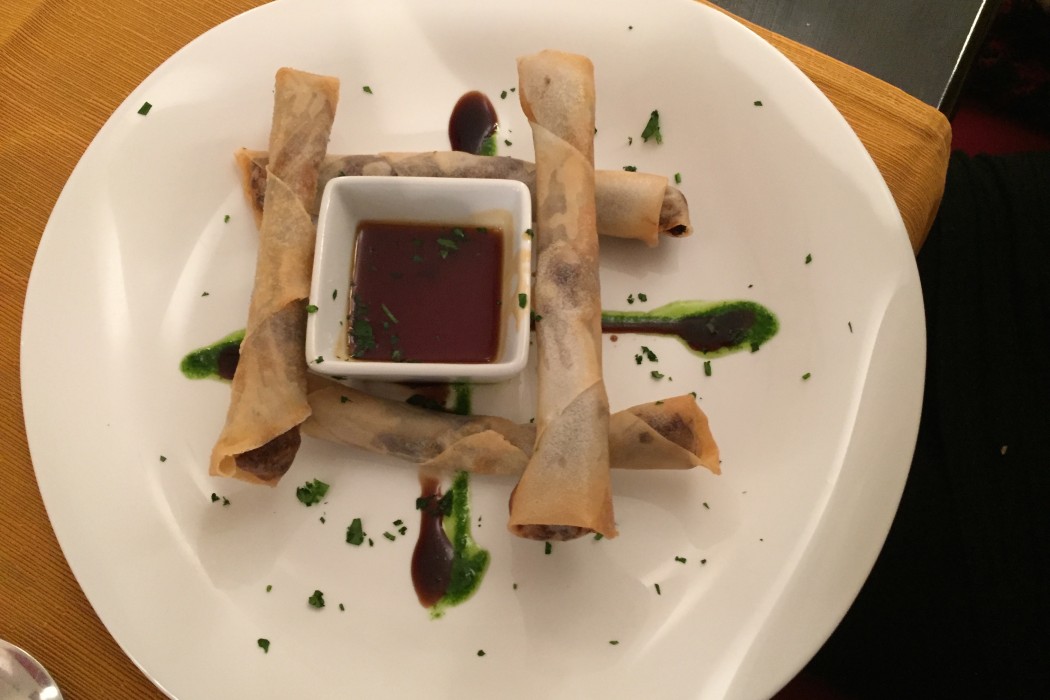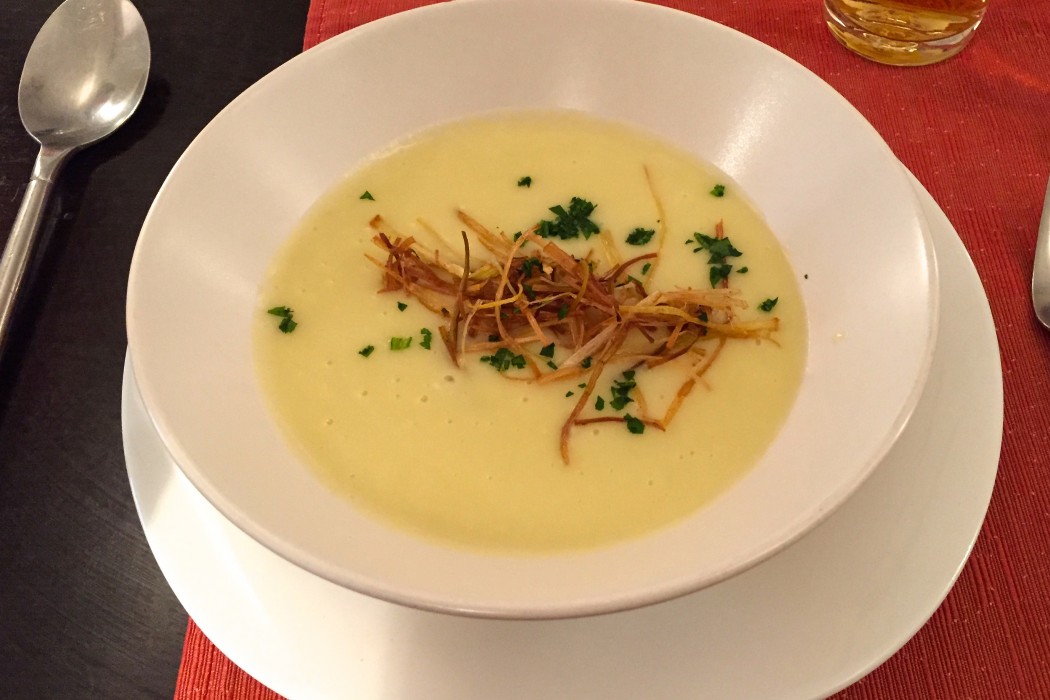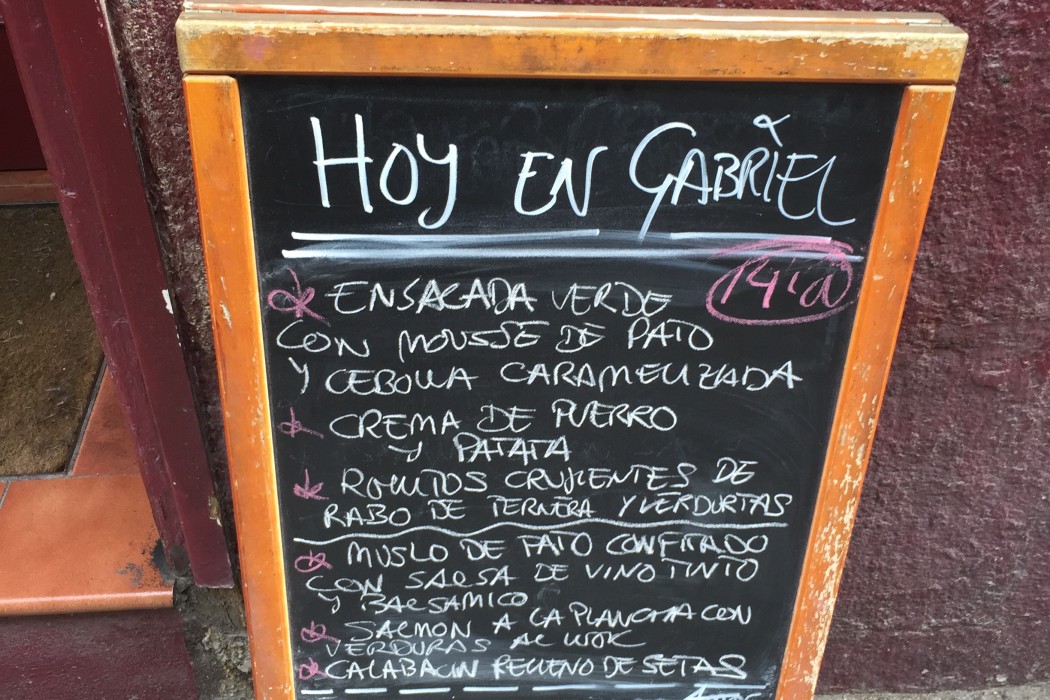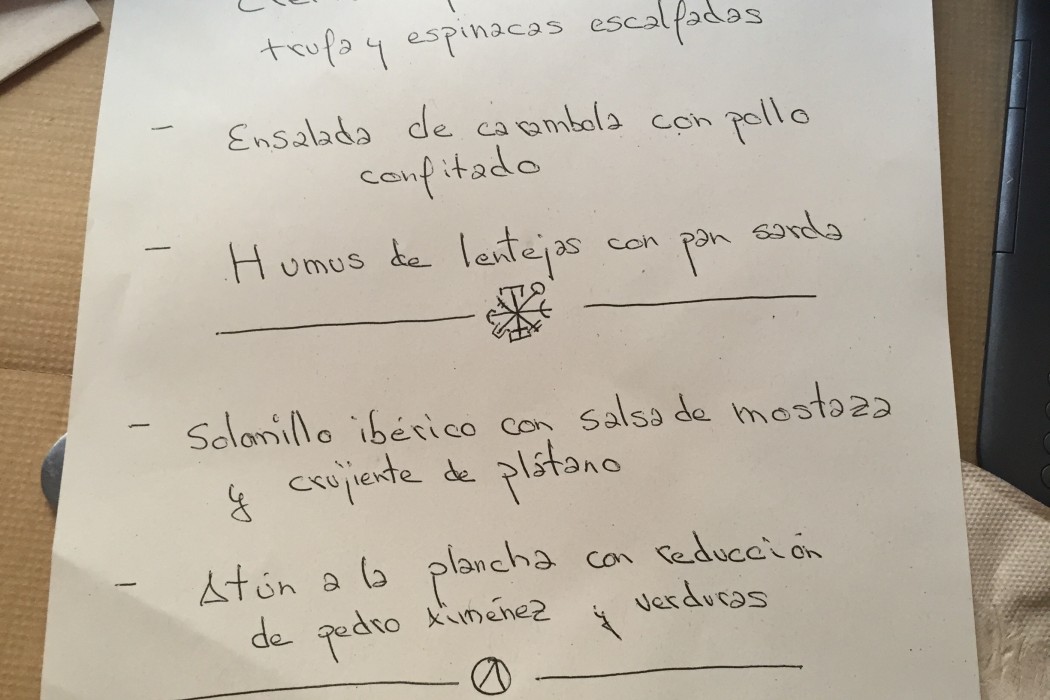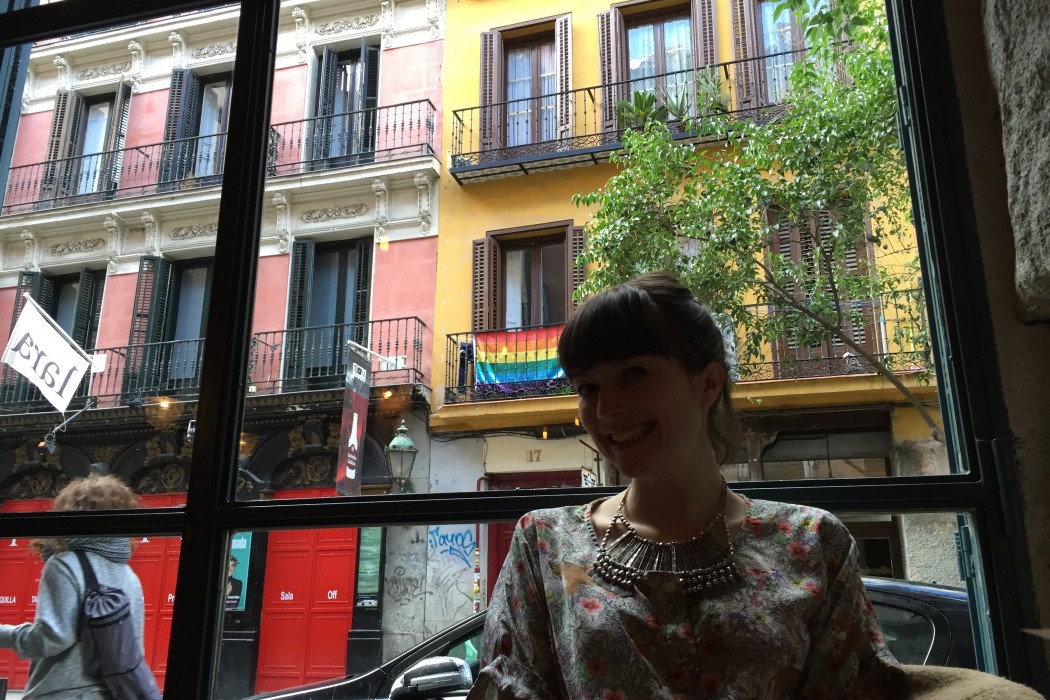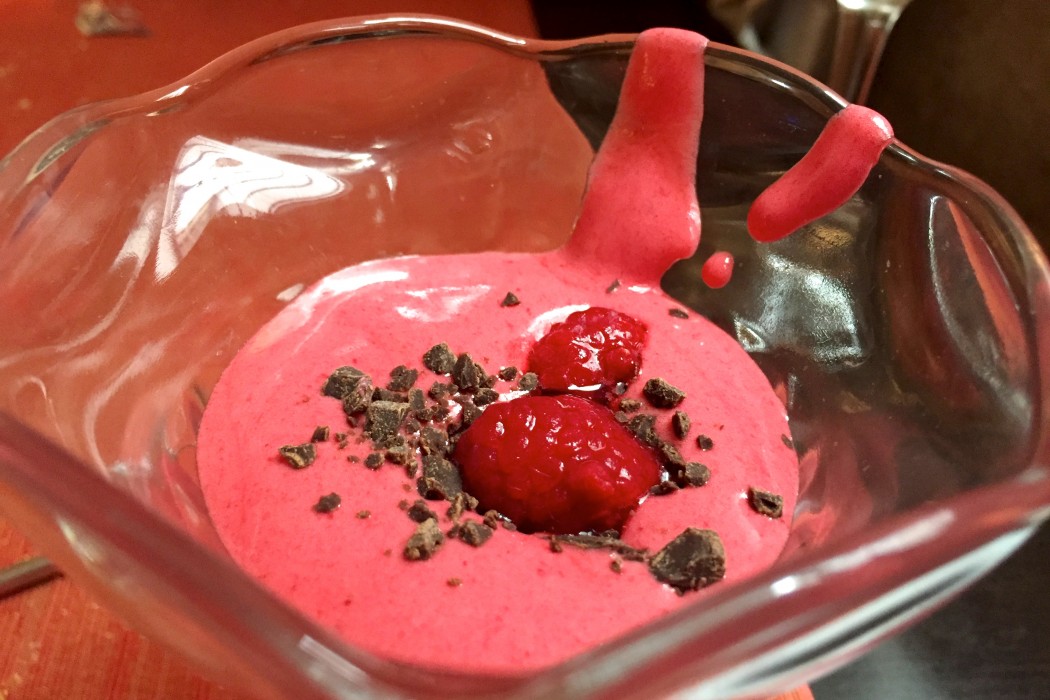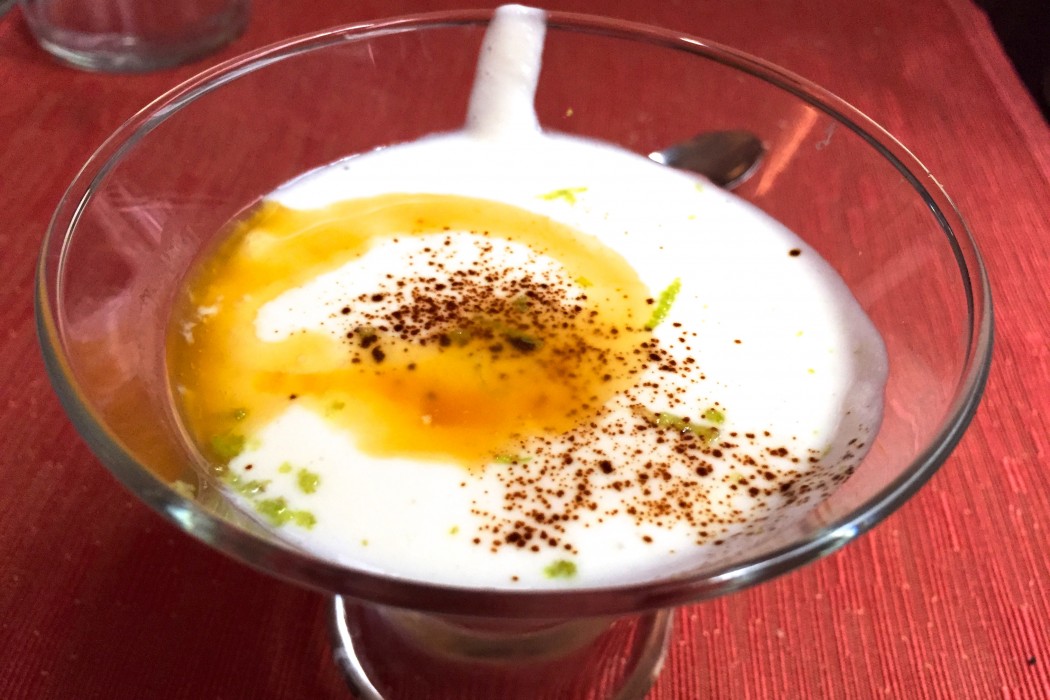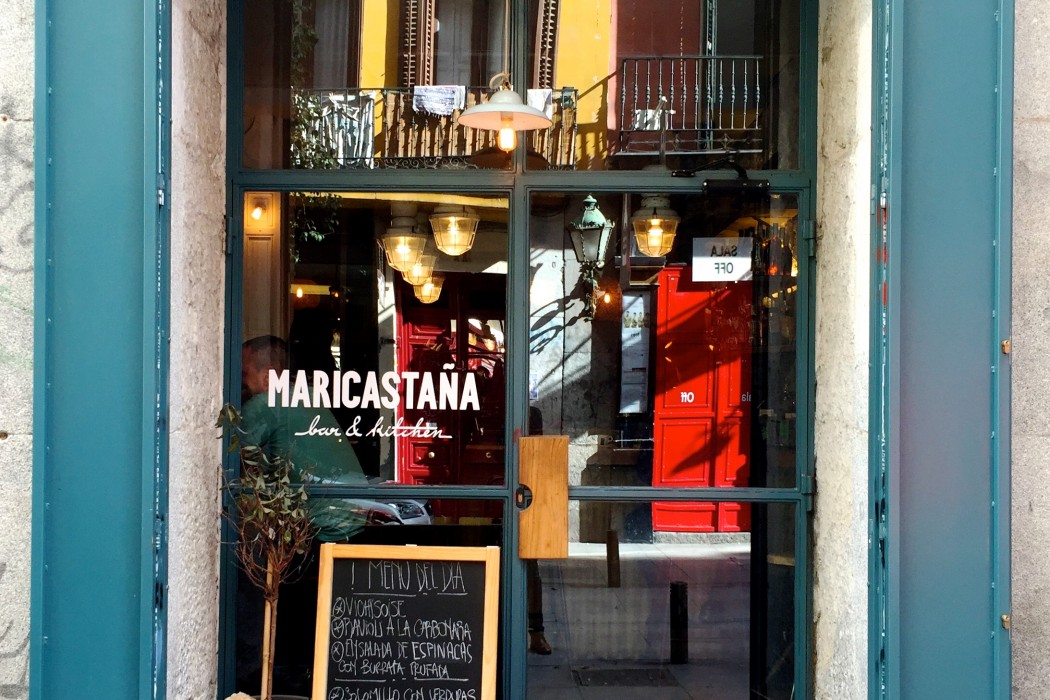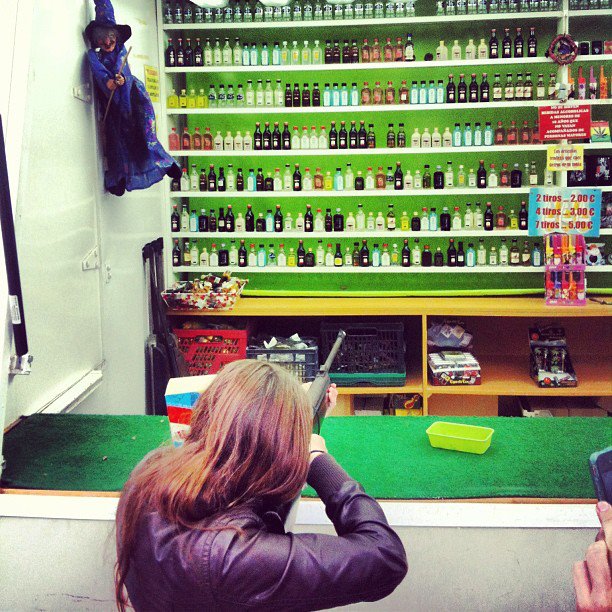A Year of Menus Del Día in Madrid
Tapas get all the fame in Spain. Drinking wine, nibbling chorizo, sharing little bites late into the night—the tapa is romantic. Never mind that the definition is slippery and the quality unpredictable, or that an evening of tapa-hopping can cost you more in the end than sitting down for a proper meal.
But I’d like to take a moment to celebrate a lesser-known Spanish food tradition, one that’s equally praiseworthy but seldom mentioned: the menu del día. These three magic words will get you a three-course meal, with bread and wine included, at an incredible fixed price.
Beginning as a government-mandated measure during the Franco years, this practical lunch tradition was designed to provide affordable meals to day laborers during the workweek. While no longer required by law, restaurants have carried the tradition full-force into the 21st Century, with even high-end establishments kneeling down to offer those of us on tighter budgets delicious lunches at bargain prices. It’s not as sexy or unique as the tapa, but the menu del día forms an integral part of the Spanish food culture and is perhaps one of Spain’s best-kept secrets.
The Club.
Over the last year some friends and I decided to take advantage of the menus around Madrid. I wouldn’t call us a club (ignore that I just did) but rather a shifting group of buddies hanging out over a different meal every Friday. We would fluctuate between two and ten people, though it was always anchored by a couple die-hard members, myself included.
I recommend that anyone with the opportunity start their own tradition as well. It’s a great way to try new food, see new corners of the city, and hang out with all the other no-goodnik three-day weekenders over something other than a bar stool.
We had only four rules. All menus had to be:
1. In one of the central barrios.
2. Less than 15 euros per person.
3. Good quality food.
4. Good quality people.
The Rankings.
This list is limited to our menu del día meet-ups over the past calendar year. I included both food and atmosphere in my decisions, though the process was by no means meticulous; I’m going off little more than my general impressions of each place. I also recognize this list skews toward trendy restaurants, which is partly because we liked to use the meet-up as an opportunity to get into otherwise busy spots (Friday lunch was normally little hassle), but also as a much-needed break from the every-day Spanish fare. It’s worth noting that sometimes little Spanish joints in the outer barrios do the best menus of all!
1. Bacira (Chamberí, 14 euros)
It’s pretty astounding that a restaurant with a waitlist of more than a month offers a 14-euro fixed-price meal. If that’s not a testament to the spirit of the menú del día, I don’t know what is. Make a reservation, wait it out, and go here. The food is a fresh take on the Mediterranean-Asian fusion that’s the rage in Spain these days (thanks, David Muñoz) and the dining room is bright and welcoming with all the touchstones of modern aesthetics (dangling bulbs, faded wood, dark blues and whites) without feeling hackneyed. The food is fresh, creative and delicious. We felt like sexy young business people at English teacher prices.
2. Gabriel. (Conde Duque, 14 euros)
You know you’ve chosen your restaurant well when you find yourself eating next to Javier Bardem. The rich and famous have good taste, much better than Joe Nobodies like us, but this place stands on its own. The cuisine consists of modern takes on Spanish classics though there are the occasional Asian influences (again, all the rage), and the desserts are incredible. It also has the nicest bathroom in Madrid—shit’s straight out of a William Sonoma catalog. Atmosphere is cozy, intimate, and occasionally Bardem-ridden.
3. Momo (Chueca, 11.50 euros)
Unlike other restaurants that include maybe two or three options for a first and second course, Momo offers the entire menu for the menu del día. The food is delicious and varied (again, some Mediterranean-Asian fusion going on—I’m spotting a trend). The dishes can sometimes be a bit sauce-heavy (or maybe my tastes are becoming more Spanish) but choose wisely and you’ll love your meal. This is one of my go-to menus del día when I have visitors because of the wide selection. They also have a menu de noche for a reasonable 18 euros (same as the day menu), but if you’re going to be in the area for a reasonably-priced dinner, I’d suggest Baco y Beto.
4. Badila (Lavapiés, 13.50 euros)
This restaurant is intimate and classic (the chef himself sometimes takes the orders) with faded white wood walls and a chalkboard listing the daily specials. The food is classic Spanish with a touch of ‘lo moderno,’ and everything is fresh and seasonal. It’s still the best crema de verduras I’ve had in Madrid (had seasonal squash with a couple slices of intense chorizo), which says a lot in a city obsessed with creaming vegetables. Here’s a previous post on Badila.
5. La casa dei Pazzi (chueca, 11.50 euros)
Just to switch things up here, let’s focus on quantity. Casa dei Pazzi offers a substantial salad as a starter and then a whole Italian-style pizza for your main course. There’s also wine, bread and dessert. You’ll wonder how you got away with paying only 11 euros, half-expecting to look over your shoulder as you leave and see an angry Italian chef charging after you with a pizza paddle.
6. Los Chuchis (Lavapies, 11 euros)
Maybe the most charming atmosphere in the list, it feels a bit like an old diner, with a few tables around a large bar and counter in the middle, the hustle and bustle of the waiters running around and the steady chatter of regulars. The food’s great too. We showed up at 1:30 and it was fine, but it filled up quickly. Check out our previous post on Los Chuchis.
7. Bar Galleta (Malasaña, 11.50 euros)
This trendy restaurant in Malasaña has a similar feel to Maricastaña (see below), with both doing modern takes on classic spanish food, though Galleta’s menu skews a bit more French. They’re also on the same street, so if you don’t like the look of one menu, try the other. I prefer the atmosphere here though—the warm gold lighting, the wide French doors to the street, the wood and brick interior with wild flowers in vases around the restaurant. When we went the food was classic Spanish but good (crema starter, entrecot, a fruit desert) but the menu del día seems to change frequently and dramatically, so you can probably catch it on a great day.
8. Maricastaña (Malasaña, 11.50 euros)
The food is classic menu del día —your typical crema de verduras starter (or hummus or a salad) with a protein-focused second (lomo, entrecot, meluza)—but what they do, they do well. It has a bit of that same late-2000s trendy look to it—exposed brick, sanded wood shelves, dangling lightbulbs and fading white paint—but they manage to pull it off. Galleta wins by a hair, but they’re both nice dining experiences.
9. La Candelita (Alonso Martinez, 12 euros)
We all enjoyed this place. They describe their cuisine as “Latin Criollo” (though it leaned more Spanish than Latin American) with a warm Latin-inspired atmosphere. They publish examples of their menú del día right on the website http://lacandelita.es/carta/menu-del-dia/ so you don’t have to take my word for it!
10. TukTuk (Chamberí or Chueca, 10.50 euros)
TukTuk doesn’t even need mentioning on an English-language Madrid blog. They do a nice variety of Southeast Asian dishes and have great quantity and quality menu for the price, so it’s always a popular suggestion in the expat community. If you’ve lived here for over a year, you’ve definitely heard the typical “let’s all go TuckTak! Takatuk! TACKATACKATUKKA!” They’re pronouncing it wrong, though—it’s “tuktuk.” Read our full post on Tuk Tuk.
11. La Tragantúa (Huertas, 12 euros)
This place was consistently called the best menú del día in Madrid on TripAdvisor last year, and it might still have that reputation, but the second time I went, the quality and presentation seemed to have slipped. Who knows, it may have been an off day. I don’t know how you would characterize their food—it’s a bit of a Spanish-and-everything fusion. I would sum it up as “rich.” Be careful to mix up the starter and second course, otherwise you’ll be like “why’d I order fried cheese in blueberry sauce as an appetizer for pesto-smothered pork?”
12. My Veg (Malasaña, 15 euros)
I bumped My Veg down a couple notches because they didn’t include a drink with the menu del día, which is an insult to the very tradition! The final cost was closer to 18 euros, making it the most expensive menu we had all year. In terms of quality, it would be closer to the top. All the food was market fresh (they pride themselves on “tomatoes that taste like tomatoes”) and the presentation modern and meticulous. It’s a much fancier place than the outside suggests. Just ignore the terrible name.
13. El Apartmento (Huertas, 12 euros)
I came here after a particularly intense bike ride and without showering, so my memory is one of me hunching over my plate apologetically avoiding eye contact with all the well-dressed businessmen eating around us. The food was delicious though, Spanish food with a modern twist. I managed to take this blurry photo before losing all control and smashing my face into my plate in a black-out feeding frenzy.
14. Siam (Conde Duque, 11.61 euros)
I’m a sucker for Thai food and this place does a decent job for the (oddly specific) price. They include tom yum soup or pad thai as a starter, then a stirfry or curry as a second. The atmosphere is a bit odd, it feels a bit like a theme restaurant. While we’re on the topic of thai food, I actually prefer the menú del día at Maiia Thai (Plaza de España), though it doesn’t rotate much, and sometimes the new BambuBox (Chueca) has Tom Kha as a starter, which is nice. I haven’t included either of those on the list because they weren’t done as a menu with the group. Also: Krachai (Alonso Martinez) has very high quality food and some Michelin nods, though the menu is expensive, doesn’t include soup, and doesn’t rotate much.
15. Taberna DNorte (Sol, 10 euros)
So this place has a surprisingly nice interior and the food wasn’t bad (a decent-sized burger, a pisto starter for me, someone got a salad) but it’s located in an exceptionally ugly plaza between Sol and Gran Via and attached to a drab little hotel. It’s the kind of place you’d expect to see a man in a disheveled suit drinking a mid-morning cocktail and nervously waiting to meet his mistress.
16.Vietnam 24 (Chueca, 11 euros)
The menu food isn’t bad, but it’s not particularly noteworthy. We all had some type of chicken or beef stir-fry but they seemed to lack those bright fundamental vietnamese tastes (mint, lime, basil). I also would’ve liked to see pho as a menu option, but that’s wishful thinking. I prefer La Petit Hanoi in malasaña.
17. El b_US (Sol, 10 euros)
Everyone else loved this place (including TripAdvisor, where it has some pretty outstanding rankings). It has a unique design concept I guess, but I was not blown away by the food. I also have no idea how we’re supposed to pronounce it. “El bus?” “El beh- OOS?” I end up saying it like I’m hesitant to recommend it, which I guess I am: “El b’us.”
18. Vivares (chueca, 9.90 euro / 12 euros veg option)
This restaurant is popular for lunch in Chueca, but I can’t figure out why, exactly. We experienced so-so food in a chaotic environment, nothing extraordinary, and the menu felt a bit too long for them to focus on any type of seasonal speciality. My strongest memory is that it was too loud. “Alright, gramps” you’re probably thinking, but the sensation was like being in an adult Chuck-E-Cheese without any of the cool robot puppets.
19. La Mucca (Malasaña, 10 euros)
I enjoy La Mucca for dinner. They have a good boletus pizza and some quality appetizers, and it’s lively and fun in the evening. For lunch, this place disappointed. It was the first menu del día where someone had to set aside a dish—a greasy open-faced sandwich with an odd flavor. We were also sitting on the slanting terraza with the harsh mid-afternoon February sunlight blinding our eyes and giving the greasy Tosta an even more washed-out, dreary look. The highlight was this salad, but even that can be made easily at home for much cheaper. We sat there dreaming of all the better places on this list, knowing that next week was a fresh start.
Final Thoughts:
You might have noticed almost none of these get awful reviews, but that’s simply because none of these places were awful. Maybe it’s a testament to our rigorous selection process, or maybe we just enjoyed ourselves everywhere. If a place were awful, I would have said so.
I think of Homer the food critic: “I’m giving this my worst review ever: seven thumbs up.”
I have more recommendations for menús around Madrid that were not included in this list because we did not go there in our Friday group. I had to set a limit for the list somewhere. Please add your suggestions below or on Facebook and we can compile another post.
Gallery
(all photos were snapped on scene with an iPhone, unless otherwise indicated)
